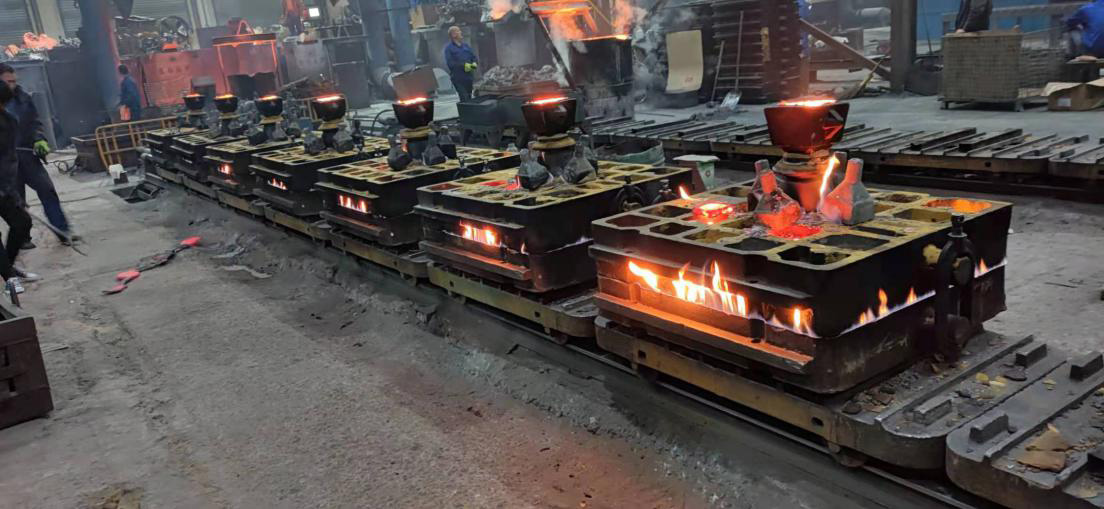Rapid Sand Casting Revolutionizing Metal Casting Processes
Rapid sand casting is an innovative approach in the field of metal casting that has gained traction over the past few years. This technique combines traditional sand casting methods with advanced technologies, including 3D printing and computer-aided design (CAD), to streamline the casting process, reduce lead times, and improve overall efficiency.
Traditionally, sand casting involves creating a mold from a pattern made of metal or plastic. This mold is then filled with molten metal to form the desired object. While this process has been around for centuries, its inherent inefficiencies—such as long lead times for mold production and limited design flexibility—have posed challenges, particularly in industries requiring rapid prototyping and quick turnarounds.
Enter rapid sand casting, which utilizes 3D printing technology to create sand molds directly from digital files. This modernization eliminates many of the manual steps involved in traditional methods, greatly reducing the time required for mold preparation. By producing molds in hours instead of days or weeks, manufacturers can respond more swiftly to market demands, making it an attractive solution for businesses looking to stay competitive.
One of the key advantages of rapid sand casting is its ability to accommodate complex geometries that are difficult, if not impossible, to achieve with traditional casting methods. The flexibility offered by 3D printing allows for designs that include intricate details and lightweight structures while still maintaining structural integrity. This is particularly beneficial in sectors like aerospace and automotive, where performance and weight savings are critical.
rapid sand casting

Additionally, rapid sand casting often leads to a reduction in material waste
. Traditional methods may require excess material to be removed post-casting, but with 3D printed molds, the precision of design can significantly cut down on scrap. This not only saves money on raw materials but also aligns with sustainability efforts, making it an attractive option in today's environmentally-conscious landscape.Another noteworthy aspect of rapid sand casting is its potential for cost savings, especially for small to medium-sized production runs. The reduced time for mold creation accelerates the overall casting process, leading to faster delivery times and lower labor costs. In industries where market demands can shift rapidly, this agility can be a game-changer.
Despite its numerous benefits, rapid sand casting is not without its challenges. The initial investment in 3D printing technology and the need for skilled operators to manage these advanced systems can be daunting for some businesses. However, the long-term benefits often outweigh these initial hurdles, providing a compelling case for adopting this innovative casting method.
In conclusion, rapid sand casting represents a significant leap forward in the metal casting industry. By leveraging modern technology, it allows for faster production, improved design capabilities, and reduced waste, catering to the evolving needs of manufacturers in a fast-paced environment. As industries continue to embrace digital transformation, rapid sand casting is poised to play a pivotal role in the future of manufacturing.
Post time:सप्टेंबर . 23, 2024 06:28
Next:foundry sand used in construction
